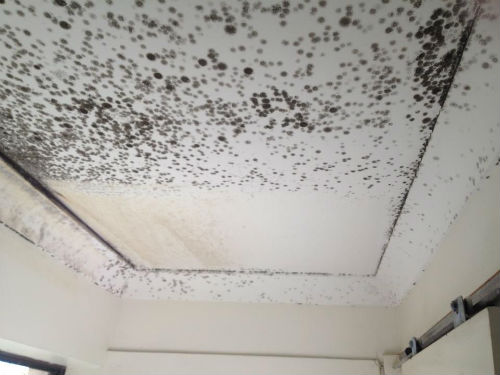Over the past few decades, packaging for medical devices has improved by leaps and bounds. This is due in large part to the release of the ISO 11607 regulation, which specifies the requirements and test methods for materials and packaging systems with the goal of maintaining maximum sterility of sterilized medical devices until the point of use.

Yet, despite the increased awareness of and compliance with these practices, there are a surprising number of medical device packaging companies that end up in hot water as the result of what are, in many cases, simple mistakes.
To avoid becoming a victim yourself, here are a few common errors to watch for.
Improper or Inadequate Sizing
When the wrong sized package is used, it can lead to serious problems, up to and including sterility breaches, which can not only be costly for your company, but could actually lead to a patient care issue if not properly caught in time. If the device is able to move within the packaging, it can create an environment in which the pouch or bag could become punctured. This is why, in addition to using a quality medical device packaging system, ensuring that the packaging size is appropriate is absolutely critical.
Incorrect Packaging System
All too often medical device packaging companies make the mistake of selecting the incorrect system for their packaging needs. And, unfortunately, this error often goes unnoticed until the testing process, at which point it can be pretty costly to correct. When evaluating and deciding on a system to handle your packaging for medical devices, be especially mindful of whether or not it will be appropriate to support both the mass as well as the geometry of the devices being packaged. This should help you avoid running into serious problems down the road.
Failure to Focus on Design Elements
Over the years, the concept of design has evolved and become a much more critical factor in the development of packaging systems. Unfortunately, for many medical device packaging companies, it remains an afterthought. To avoid potential issues, particularly with products that are large and/or complex, make it a point in the initial stages to ensure that the packaging, as well as the system being used, is fit, while at the same time not over-engineered. Focus on all of the individual elements of packaging and distribution as early in the process as possible. This will help prevent or at least limit packaging test failures and the costly delays they can lead to.
You’ve worked hard to build your medical device packaging company into the successful organization it is today. The last thing you want to deal with is problems with package integrity. To stay on the right path, know which common mistakes to avoid, including the three listed above, and make sure you invest in the right medical device packaging system that will suit your needs, business goals and budget.
To learn more about our complete line of medical device packaging products and services, visit us at vanderstahl.com or here or contact us today at 1-800-550-3854.



